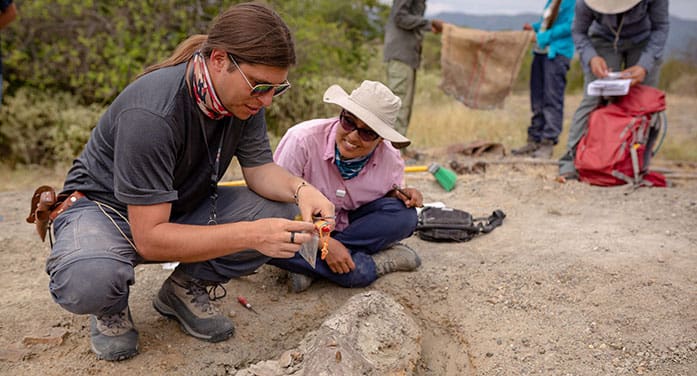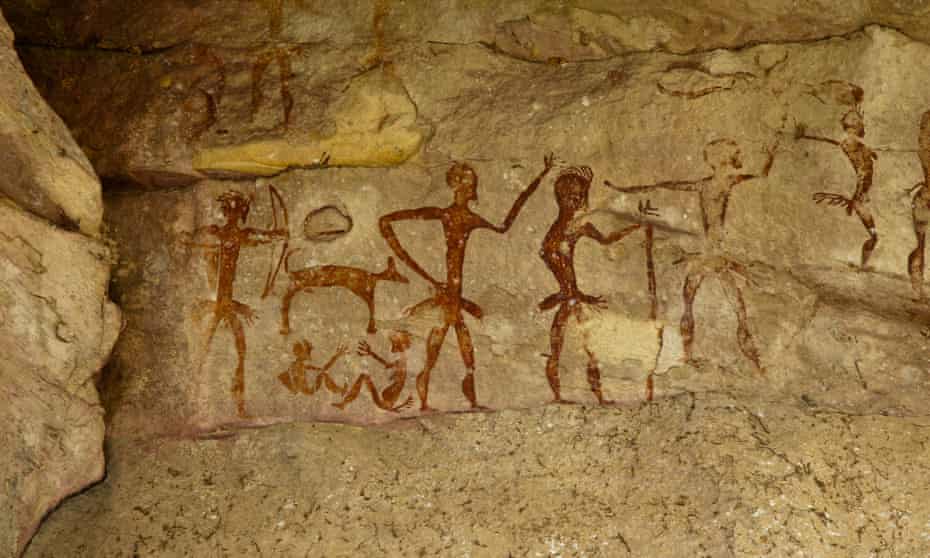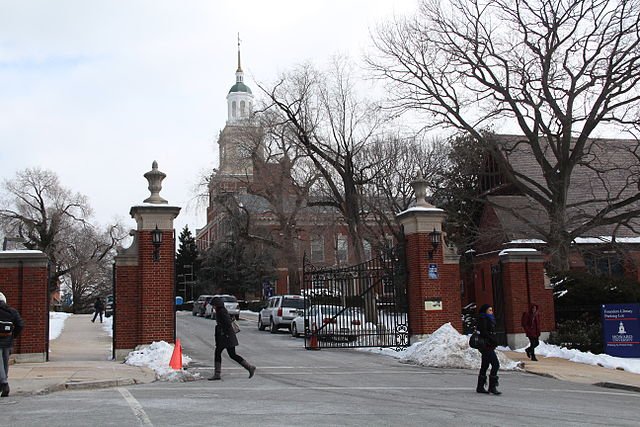By University of Alberta on October 22, 2021
A young crustacean locked in amber 100 million years ago is filling a crucial gap in the puzzle of crab evolution, according to a University of Alberta PhD graduate whose work adds to growing evidence that the crab form is an evolutionary darling.
“This crab is telling us a very interesting story about the tree of life of crabs,” said Javier Luque, a research associate at Harvard University and former post-doctoral researcher at Yale University who began looking at the encased crab as a PhD student at the U of A.
“There is a lot of excitement about crab evolution because evolution has produced crab-like forms, known as carcinization, many times independently.”
Luque explained that evidence provided by the molecular record, which is built by comparing similarities and differences in DNA and RNA, predicts that non-marine crabs – such as the Christmas Island red crabs that live in mountains or the freshwater crabs in rivers all over the world – split from their marine counterparts more than 125 million years ago.
However, the fossil record on non-marine crabs, which consists of only tiny bits and pieces of claws, indicated that marine crabs conquered land and freshwater much later, somewhere between 75 and 50 million years ago.
“So we’ve had this gap between the predicted molecular time of split of non-marine crabs and the known fossil record of about 50 million years,” he said.
A crucial clue trapped in amber
That started to change in 2015 when researchers came across a piece of amber jewelry in a market in Tengchong, China, that had a two-mm-long crab embedded in it.
Luque was approached about the crab in amber by U of A professor Michael Caldwell, an expert on vertebrate snake biology in the Faculty of Science, who had previously worked on a Cretaceous snake trapped in amber with study co-author Lida Xing from the China University of Geosciences, Beijing.

“When I saw it for the first time I could not believe my eyes. This spectacular crab looks so modern, like something you may find in B.C. flipping rocks, but it is actually quite old and different from anything seen before, fossil or alive.”
Luque was brought in because of his crab expertise stemming from his work on crab evolution and the discovery of the 95- to 90-million-year-old Callichimaera perplexa. The Callichimaera perplexa is a swimming arthropod known as the platypus of crabs because of its unusual mixture of body features, such as its cartoonish anatomy that included googly eyes, a long body and long paddle-like legs.
‘How did they get there?’
While the best-known fossils in amber are land-dwelling animals, principally insects, aquatic organisms such as most crustaceans raise the question, “How did they get there?”

Luque guesses that this new branch in the crab tree of life – named Cretapsara athanata, “the immortal Cretaceous spirit of the clouds and waters” – was likely trapped in brackish or freshwater near a coastal environment during the Cretaceous period 100 million years ago.
And though it is very similar to modern crabs, Luque said crabs as we know them today took their current form about 50 million years ago during the Eocene, which was at least 50 million years after Luque’s crab was suspended in amber.
The crab in the study not only represents the oldest non-marine crab yet described, but it’s also the most complete fossil crab ever discovered.
“It’s not an ancestor to the modern crab, but rather a distant cousin,” Luque noted.
An evolutionary success story
Luque added that this finding demonstrates that crabs have now conquered land and freshwater more than 12 times since the “Cretaceous crab revolution” began, when crabs diversified worldwide and started evolving their characteristic crabby-looking body forms.
He noted that researchers think the distinctive telltale long and slender legs, the roundish shape of their shells or armour, and the reduced tail tucked under the body typical of most crabs have emerged independently at least five times since the start of the Jurassic period 200 million years ago.
“It seems like evolution loves making crabs,” he said. “Crabs are doing something well, so nature is sorting them out and selecting for those forms over the less crabby relatives.”

The two-millimetre-long fossil of the ancient crab was found encased in a piece of amber jewelry at a market in Tengchong, China. (Photo: Lida Xing)
The fact that the crab was trapped so pristinely in amber allows researchers to compare it in detail with other crabs to better understand their evolution and to investigate whether they preferred the ocean or land.
“There is still a lot of work to do and fossils to discover to keep filling the puzzle of crab evolution, and Cretapsara athanata is bringing us closer to it one crab at a time.”
The project was possible thanks to the support of the Natural Sciences and Engineering Research Council of Canada (NSERC) Postdoctoral Fellowship and an NSERC Discovery Grant, the National Science Foundation Grant 1856679 to study the evolution of crabs, the STRI Pre-Doctoral Fellowship Program, the National Natural Science Foundation of China, the National Geographic Society, the 111 Project (China), Fundamental Research Funds for Central Universities (China), and the Yale Institute for Biospheric Studies.
The study, “Crab in amber reveals an early colonization of nonmarine environments during the Cretaceous,” was published in the journal Science.
| By Michael Brown
Submitted by the University of Alberta’s Folio online magazine. The University of Alberta is a Troy Media Editorial Content Provider Partner.




























